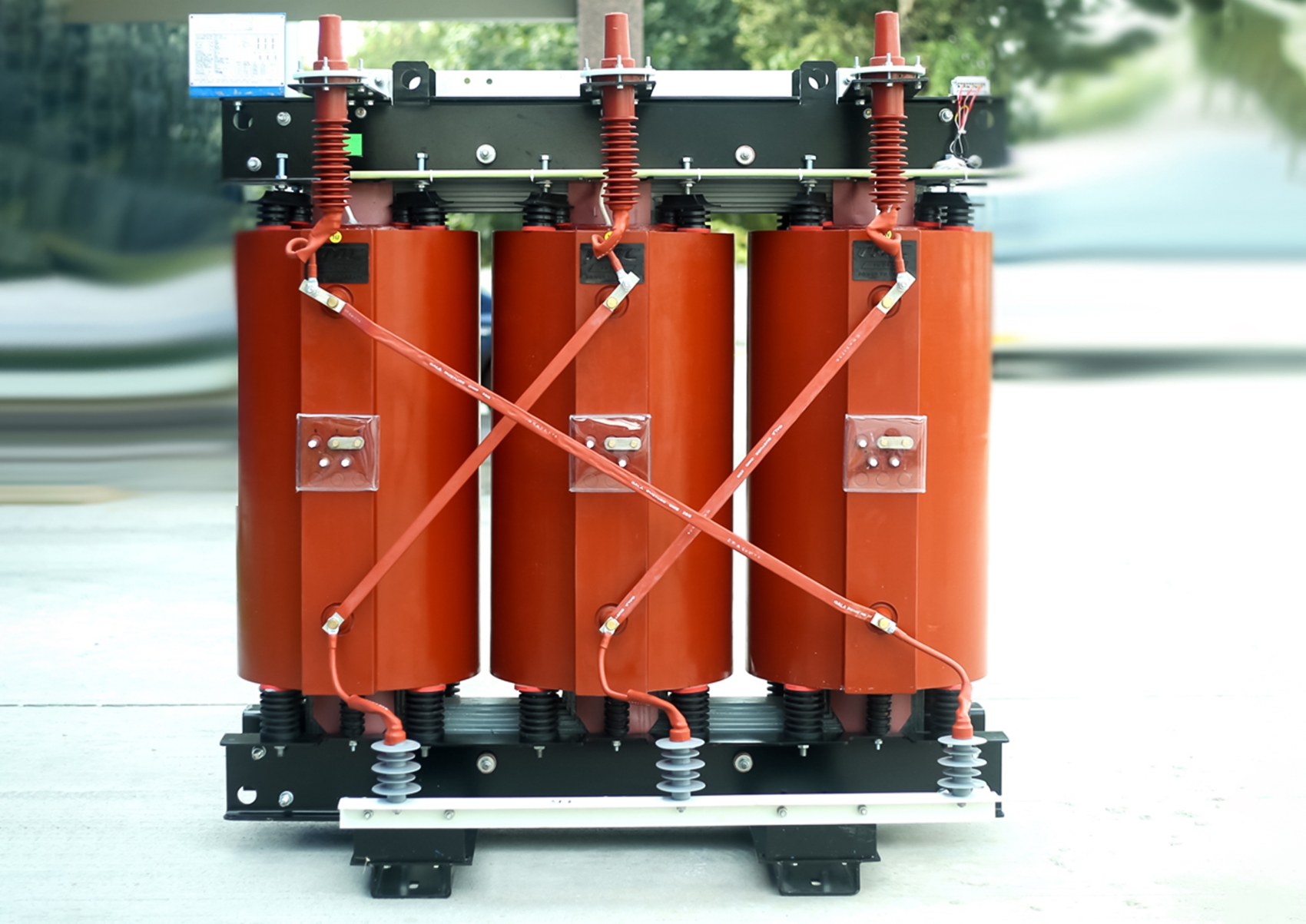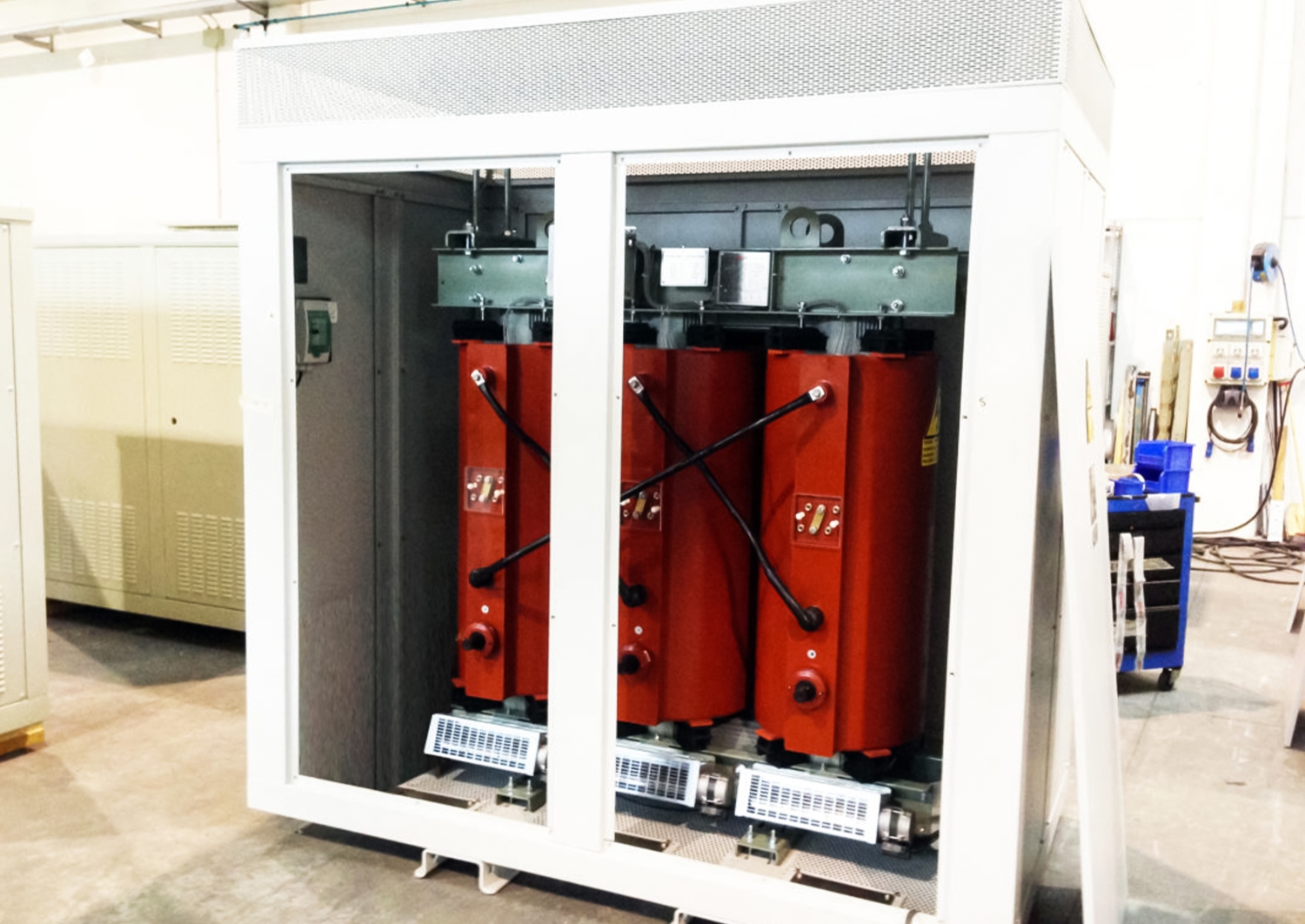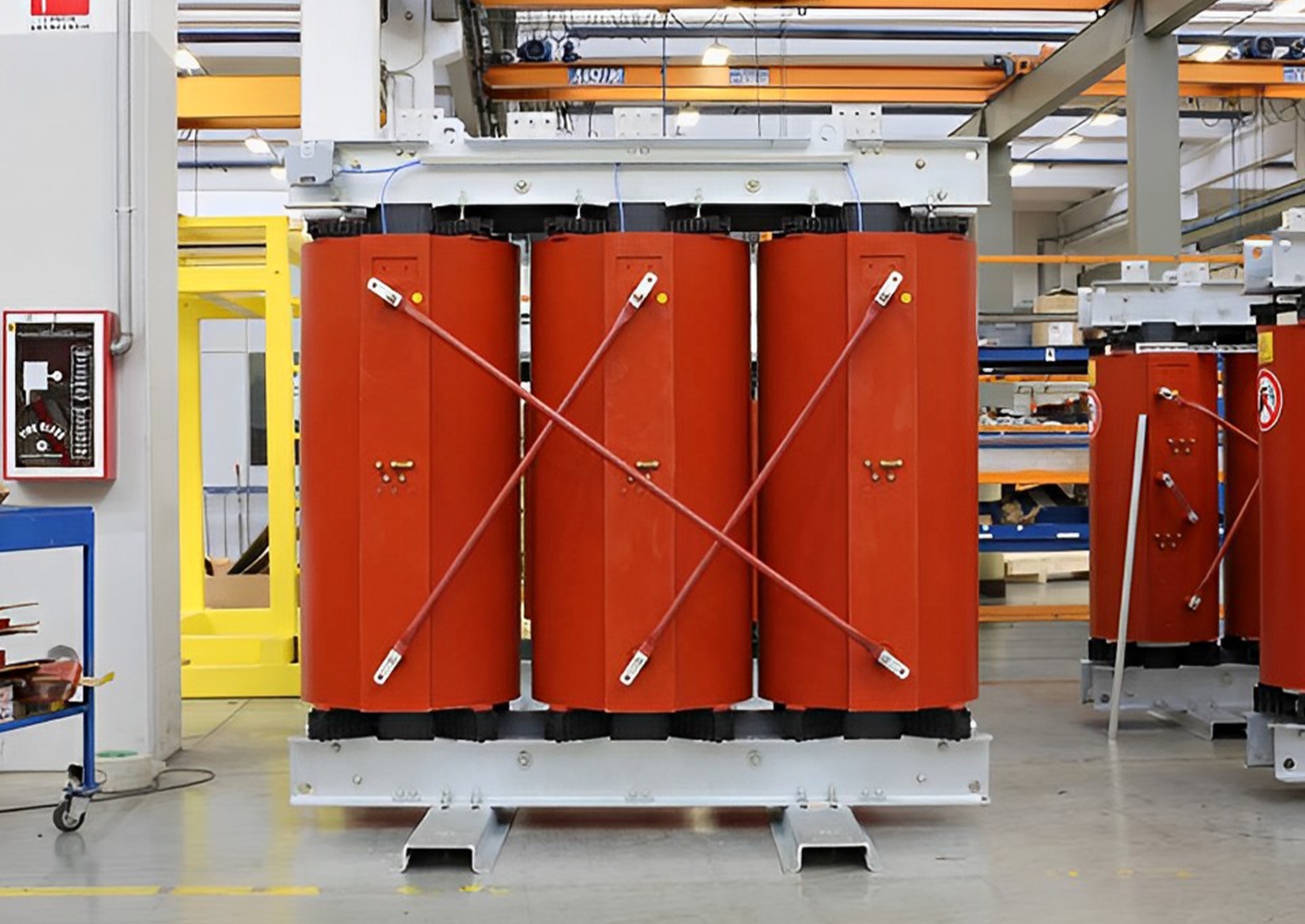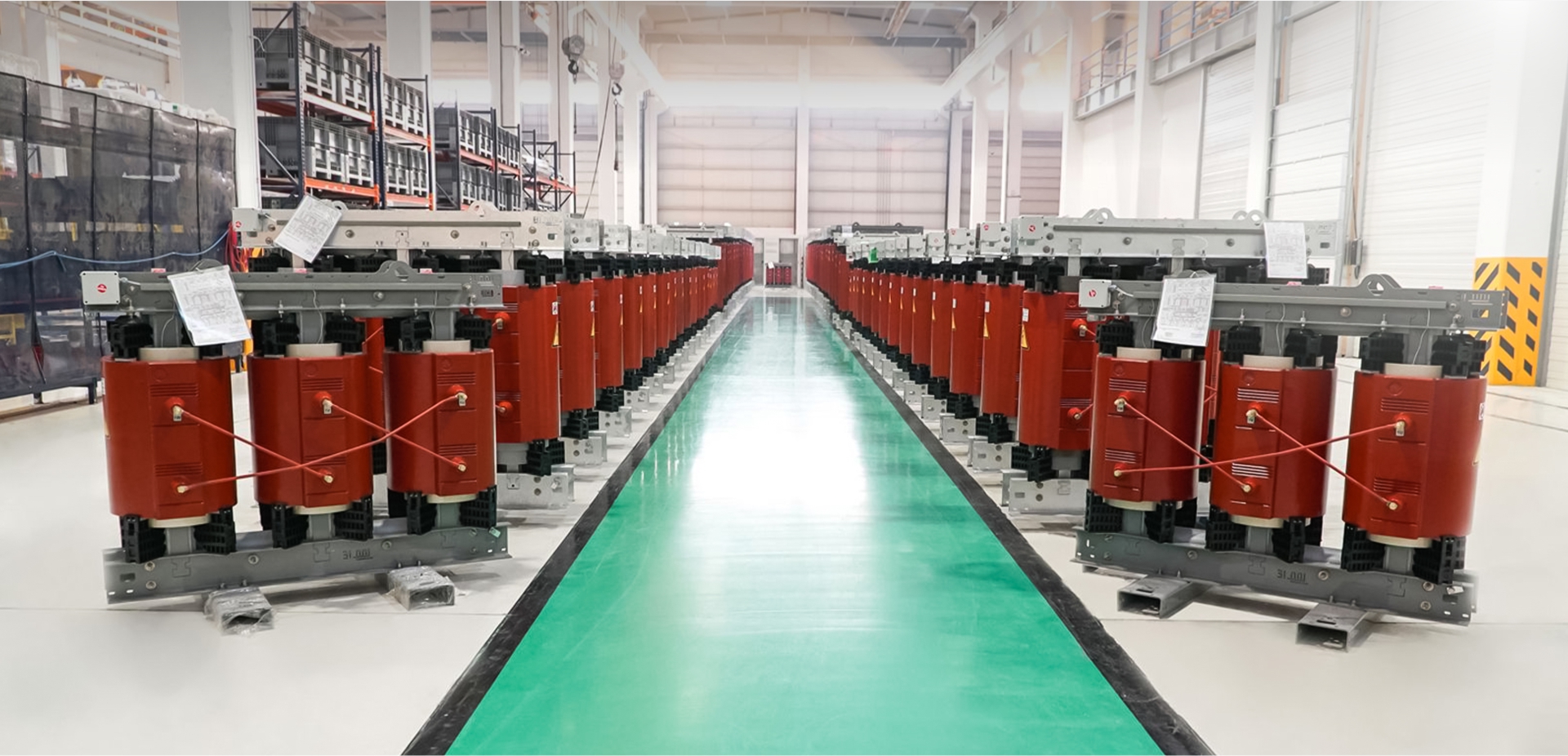
Dry Type Transformer
Dry-type transformers are transformers that do not use liquid as a cooling or insulating medium. Instead, they rely on air or other gas for cooling and insulation. They are typically used in applications where safety, environmental concerns, and maintenance are important factors. These transformers are commonly used in indoor applications where the risk of fire or environmental contamination is a concern.
Key features and advantages of dry-type transformers:
Safety: Since they don't use flammable liquids, dry-type transformers are considered safer than liquid-filled transformers. This is especially important in indoor settings where fire hazards need to be minimized.
Environmental Friendly: Dry-type transformers are more environmentally friendly as they don't pose the risk of leaking or spilling insulating liquids.
Maintenance: They require less maintenance compared to liquid-filled transformers since there's no need to monitor or replace liquid levels.
Installation Flexibility: Dry-type transformers can be installed indoors without special vaults or pits, making them more flexible in terms of placement.
Noise Levels: They typically produce less noise compared to some liquid-filled transformers.
Insulation: Dry-type transformers use materials like epoxy resin for insulation, providing good dielectric properties.
Cost: While dry-type transformers might have a higher initial cost, they can be more cost-effective in the long run due to reduced maintenance and longer lifespan.
Types:
- VPI (Vacuum Pressure Impregnated): Windings are impregnated with varnish under vacuum pressure.
- Cast Resin: Windings are encapsulated in epoxy resin for insulation and cooling.
Advantages:
- Environmentally friendly as they don't use oil, making them safer in case of leaks or fires.
- Lower maintenance requirements compared to oil-filled transformers.
- Suitable for indoor installations due to reduced fire hazard.
Applications:
- Commercial buildings
- Hospitals
- Schools
- Data centres
- Manufacturing facilities
Catalog Information:
Power Rating: Up to 10 MVA
Voltage Ratings: Up to 33 kV Class
Frequency: Usually 50 Hz or 60 Hz.
Cooling Method: Self-cooled or forced air-cooled.
Temperature Class: Class F / Class H as per NEMA / UL Class
Enclosure Type: IP ratings for protection against dust and moisture up to IP 65.
Winding Material: Copper or Aluminium windings.
Insulation Class: Insulation Class F / H
Remember that safety and proper electrical engineering practices are crucial when dealing with transformers or any electrical equipment. Always consult with professionals when making decisions related to electrical installations or equipment.



